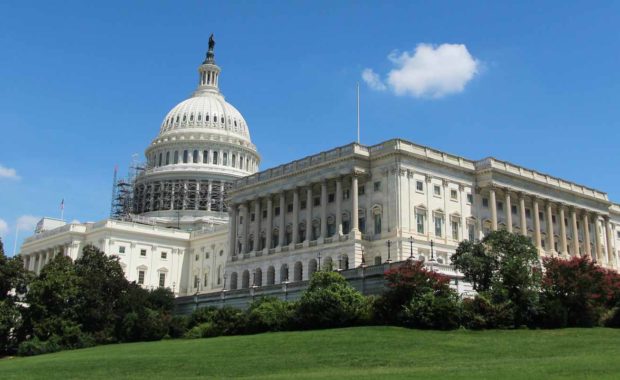Federal contractors are often deployed across various locations, each presenting its own geographical challenges that must be considered when
Benefits That Matter: Addressing Dependent Care Needs for Federal Contractors
Is your business looking for a more competitive edge in employee recruitment and retention? Are you doing everything possible to provide a supportive
Age-Inclusive Benefits: Meeting the Needs of Diverse Age Groups Among Federal Contractors
All organizations can benefit from incorporating age-inclusive benefits into their offerings, but it is particularly imperative for federal
Incorporating Family-Centric Benefits into Federal Contractor Benefit Plans
Federal contracting is an incredibly rewarding sector, but it is also quite demanding. Maintaining a proper balance between work and family life can
The Basics of Employee Benefits for Government Contractors
The United States government spent approximately $1.1 trillion on contractual services and supplies, according to the Bureau of the Fiscal Service.
Location Matters: Aligning Benefits with Regional Needs of Federal Contractors
Businesses that operate in the federal contracting sphere understand the importance of maintaining a qualified employee base, and one major aspect of
Adapting Employee Benefits to Retain Talent Amid a Recession
Federal contractor benefits are essential to employee retention, showing contractors that their company values their contribution and cares about
Designing Flexible Benefits for Short-Term and Long-Term Federal Contractors
For organizations that employ federal contractors, offering an appealing benefits package is an excellent way to attract and retain the most talented
Strategies for Future-Proofing Employee Wellness Initiatives in Federal Contracting
Although some businesses have offered employee wellness initiatives as government contractor benefits for decades, these programs have grown in









